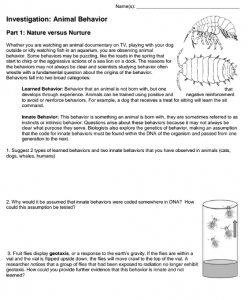
An isopod is a crustacean with a segmented body and seven pairs of legs. They are commonly known as pill bugs, roly-polys, or woodlice. Isopods are found in a variety of habitats, including soil, under rocks, and in decaying wood. They are detritivores, meaning they eat dead and decaying matter. Isopods are an important part of the ecosystem, as they help to break down organic matter and recycle nutrients.
Fun fact: there are actually two separate species of these crustaceans in the Midwest. One curls into a ball when started, which is sometimes called a roly-poly. The other variety is has a more streamlined isopod that does not ball up. Observant students will often notice this and adjust the experiment to only include one type.
Students may also notice there is a range of size in the animals. Young isopods are called nymphs, and they are usually much smaller than the adults. As they grow, they molt, or shed their exoskeleton.
Investigation Behavior

This investigation was originally a case study which included data analysis on other ethology studies. To shorten the lab and to align with the AP Biology, this version includes a chi square analysis and can be completed in about an hour. Students will need to gather pillbugs (isopods) from their yards or the school grounds, so this experiment is best done in the spring or fall, though you can maintain a colony of isopods fairly easy.
Students run multiple experiments to determine if pillbugs exhibit negative or positive taxis or kinesis. The instructor can provide various chemicals to test (lemon juice, baking soda, glucose, alcohol) and choice chambers can be purchased or built by students. I have had very mixed results on any of the chemicals, with sample sizes often being too small to confirm results, though this serves as a discussion by itself.
Grade Level: 10-12
Time Required: 45-60 minutes
HS-LS1-3 Plan and conduct an investigation to provide evidence that feedback mechanisms maintain homeostasis.
HS-LS2-8 Evaluate the evidence for the role of group behavior on individual and species’ chances to survive and reproduce.

